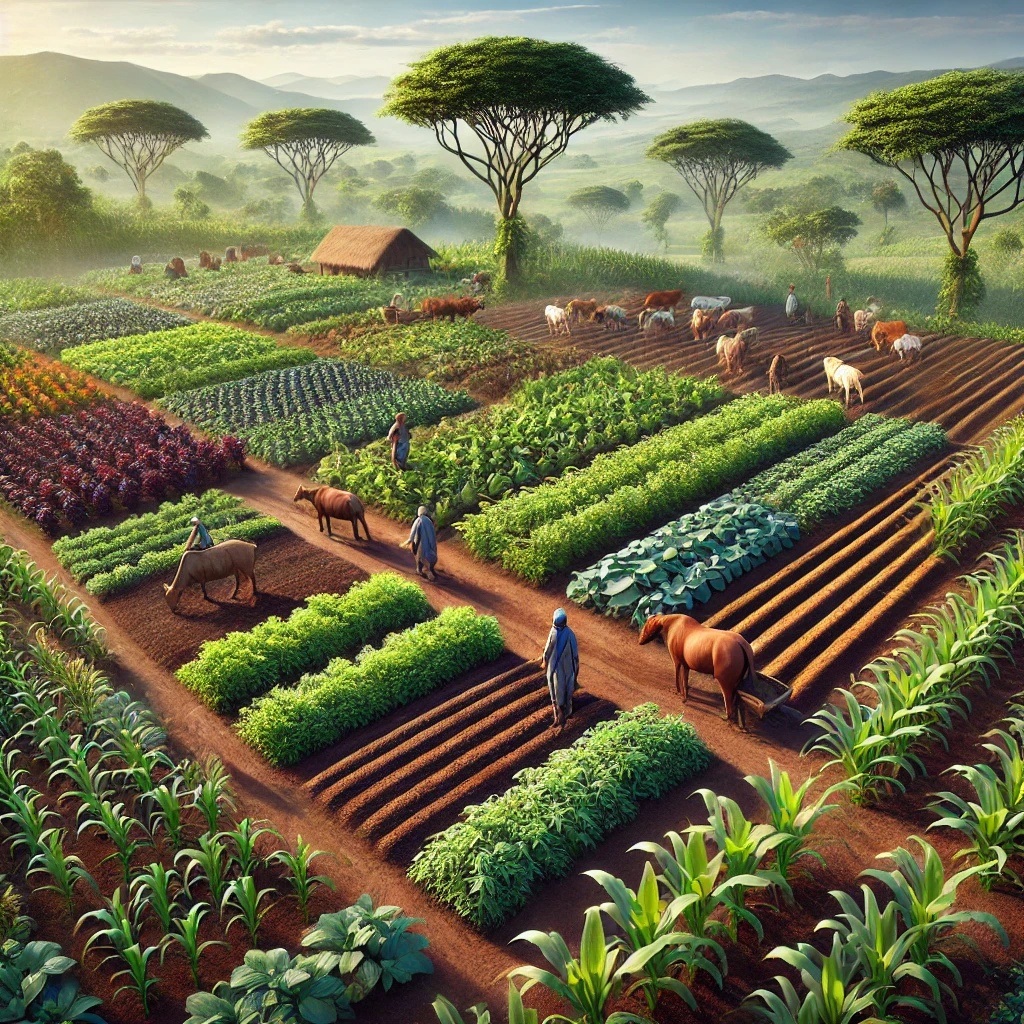Food security is a major issue in many developing nations. Ensuring everyone has access to enough nutrient-dense food is crucial. Regenerative agriculture, with its focus on sustainable farming, offers a viable solution. By improving soil health, increasing biodiversity, and promoting sustainable land management, regenerative agriculture can significantly contribute to food security in developing countries.
What is Regenerative Agriculture?
“Regenerative agriculture is more than just farming,” says many experts. “It’s a way to restore and enhance the natural ecosystem.“
Improved Soil Health with Regenerative Agriculture
Improving soil health is one of the main advantages of regenerative agriculture. Healthy soil is essential for successful and sustainable farming. Practices such as crop rotation, cover crops, and no-till farming:
- Improve soil structure
- Boost nutrient cycling
- Increase soil organic matter
These improvements lead to higher crop yields and more robust agricultural systems. In developing countries, where soil degradation and nutrient depletion are common, regenerative approaches restore soil fertility. This enables farmers to produce more food on the same land.
Biodiversity: A Key Component of Regenerative Agriculture
“Biodiversity in farming systems reduces risks,” experts explain. “It makes farms less susceptible to pests, diseases, and climate fluctuations.”
Incorporating a variety of crops and livestock helps:
- Reduce the risk of crop failures
- Ensure a steady food supply throughout the year
Promoting biodiversity through polycultures, agroforestry, and integrated livestock management also enhances ecosystem services such as soil fertility, pest control, and pollination.

Water Management through Regenerative Agriculture
Water management is a major concern in many developing nations. Regenerative agriculture addresses this by:
- Increasing soil organic matter
- Reducing erosion
- Improving water retention and infiltration
Crops grown in healthy soils can better withstand drought conditions. Agroforestry systems also help stabilize water cycles by reducing runoff and increasing groundwater recharge.
“Healthy soils hold more water,” experts say. “This is crucial in areas prone to water scarcity.”
Diversification of Crops and Livestock in Regenerative Agriculture
Diversifying crops and livestock is another benefit of regenerative agriculture. This practice:
- Generates multiple income streams
- Reduces economic vulnerability
- Helps farmers invest in their farms, access healthcare and education, and improve their overall quality of life
“Local food systems reduce dependence on imported food,” experts highlight. “They lower transportation costs and carbon emissions associated with food imports.”
Join the Ecolonomics Action Team (EAT)
Regenerative agriculture plays a vital role in improving food security in developing countries. By providing reliable and nutritious food supplies, boosting local economies, and reducing poverty, regenerative agriculture enhances the overall well-being of communities.
“As we face increasing food security challenges, regenerative agriculture offers a practical and transformative path toward a more sustainable future,” experts conclude.
Are you interested in learning more about regenerative agriculture and how you can contribute to food security? Join our Ecolonomics Action Team (EAT) community today! Be part of the change and help create a sustainable and food-secure future.
Click here to join our EAT community!



